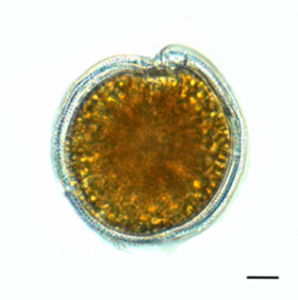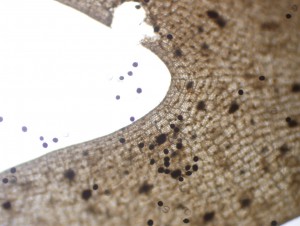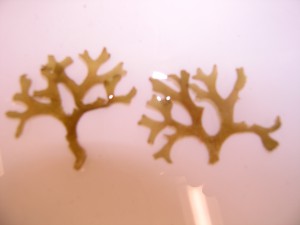New research shows that different Caribbean species of Gambierdiscus — the microscopic marine algae most often associated with ciguatera fish poisoning (CFP) — demonstrate different growth and attachment behaviors with different coral reef seaweed hosts. The findings are helping researchers understand how ciguatoxin moves through the food web, information which, in turn, could be used to improve reef sampling and monitoring efforts to assess the CFP risk for humans.

The research team tested five Gambierdiscus species present in the Caribbean with eight species of macroalgae (seaweed) to determine which pairings could represent the most likely vectors for the transfer of ciguatoxins to the food web. Two pairings, Gambierdiscus belizeanus–Polysiphonia and Gambierdiscus belizeanus–Dictyota, were found to be the most likely pathways that introduce ciguatoxins into the coral reef food web.

This discovery is from the NCCOS-funded study CIGUAHAB, led by the Florida Gulf Coast University. CIGUAHAB intensively monitors coral, seaweed, and reef fish to document Gambierdiscus diversity, distribution, physiology, and toxicity in the Caribbean. Ciguatera fish poisoning is caused by eating certain fish whose flesh is contaminated with toxins produced by Gambierdiscus.

This study is published in the journal Harmful Algae.
For more information, contact Marc.Suddleson@noaa.gov.
